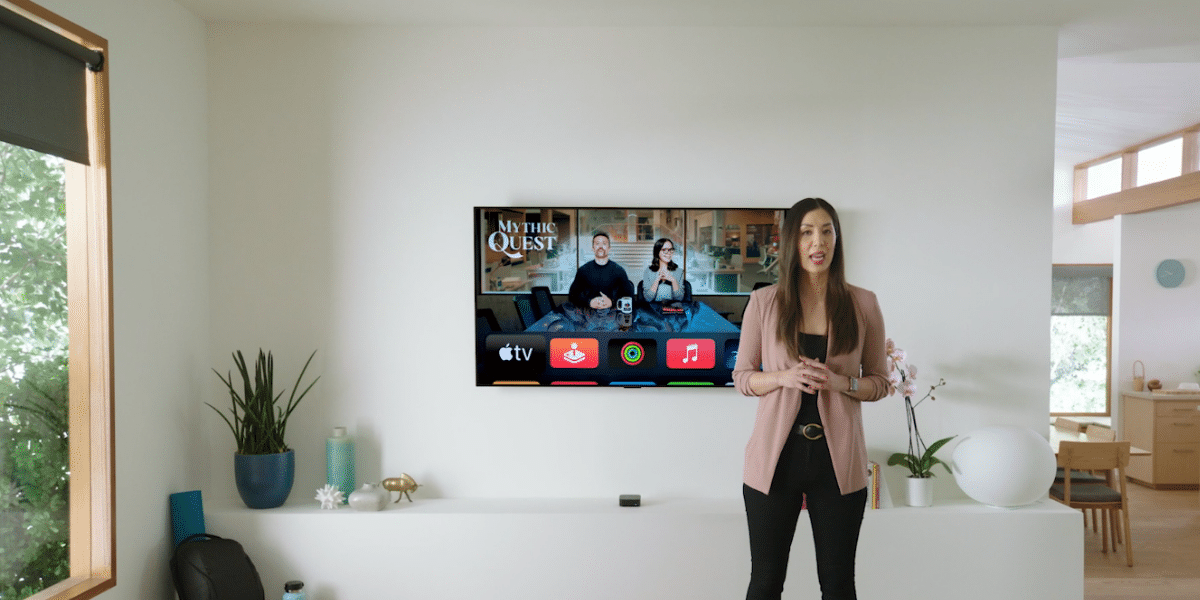Since Xiaomi presented HyperOS we have repeatedly talked about which mobile phones will receive the new operating system from the Asian manufacturer, but the reality is that HyperOS will be a system that unifies all the brand’s devicesincluding wearables, cars and, of course, tablets.
Regarding this last category, Xiaomi revealed that tablets will have their own version of HyperOS, which they named HyperOS for Pad and which, they explain, was designed from the ground up as a reimagined experience for tablets. It’s “more than just a visual change,” the company says. And thanks to the first officially released images we can see what changes in Xiaomi’s experience for its tablets.
A tablet experience reinvented from the ground up, according to Xiaomi
HyperOS has brought some interesting changes for Xiaomi, Redmi and POCO mobile phones, and the tablet version of the operating system follows the same steps.
Home screen changes: The first thing you can see is that the interface and overall design of HyperOS seems much cleaner and organized, putting a lot of emphasis, says Xiaomi, on being a much more intuitive and functional interface.


The company also implemented best gestures in the interface– For example, it is now possible to swipe from the top left of the screen to access the notification panel, or from the right side of the screen to access the new Control and Settings Center. They also added quick access to each app’s functions by holding your finger on the app icon.
Changes to Control Center and Lock Screen


A better control center: Xiaomi has also redesigned the Control Center, that is, the quick access settings menu that appears when you swipe down from the top of the screen, including a more intuitive experience and design which prioritizes some of the most important and used settings, such as adjusting brightness, volume or Bluetooth connection.


Lock screen changes: Starting with the update to HyperOS for Pad, it will be possible to further customize the tablet’s lock screen, including new wallpapers or, more importantly, adding new widgets to it. lock screen for quick access to more information.
Productivity and more productivity


Multitasking improvements: Xiaomi explains that with HyperOS for Pad, multitasking has improved significantly on tablets with this operating system, including a smoother and more intuitive experience for split-screen viewing.


A new mode, the workstation: Perhaps the most interesting change in this update is the “My Computer” mode, which brings a computer-like experience to Xiaomi and Redmi tablets supporting HyperOS, with the ability to open multiple applications simultaneously as floating windows on the screen. , in addition to being able to drag files from one application to another and having keyboard shortcuts.
Which tablets will receive HyperOS for Pad?
Xiaomi has not yet announced which tablet models will be updated to HyperOS for Pad, although in the official statement they mention having tested the functions on a Xiaomi Pad 6. However, we are sure that all new tablets launched by Xiaomi and Redmi Starting this year they will have this version of the operating system, but we expect to see a selection of older models updated over the coming months.
By | Xiaomi World
In Xataka Android | Just because your Xiaomi updates to HyperOS doesn’t mean it also receives Android 14
Table of Contents










